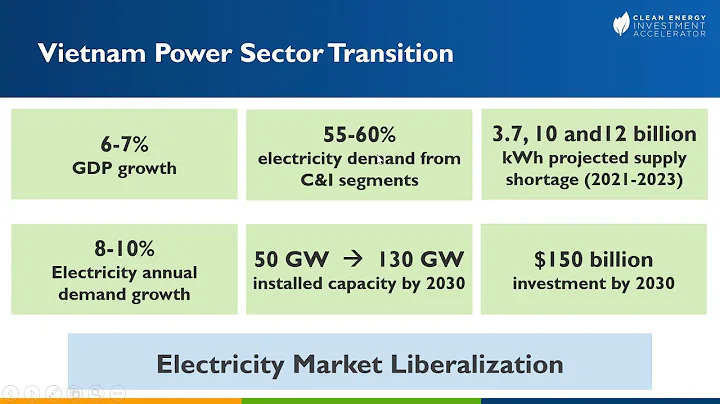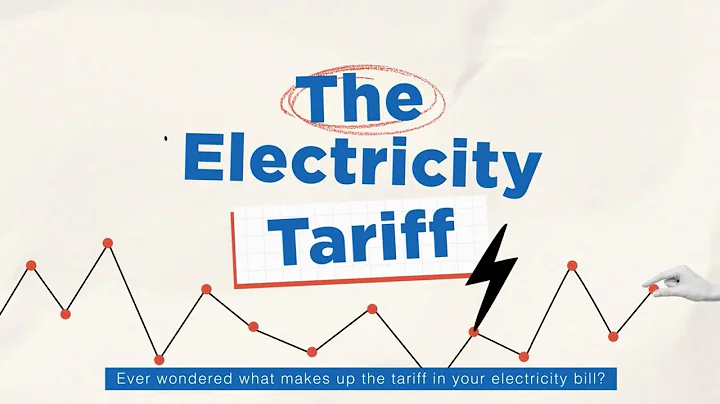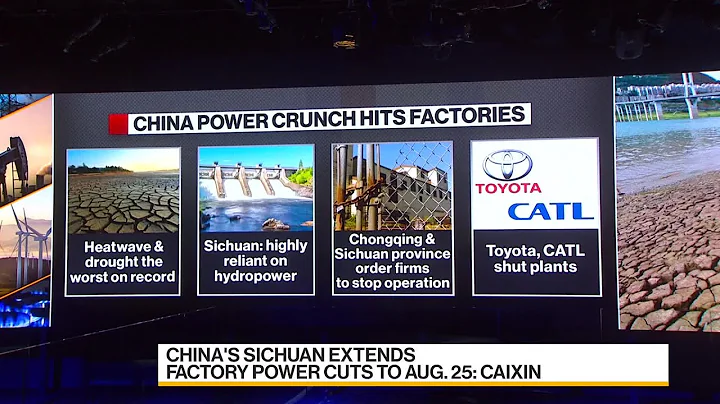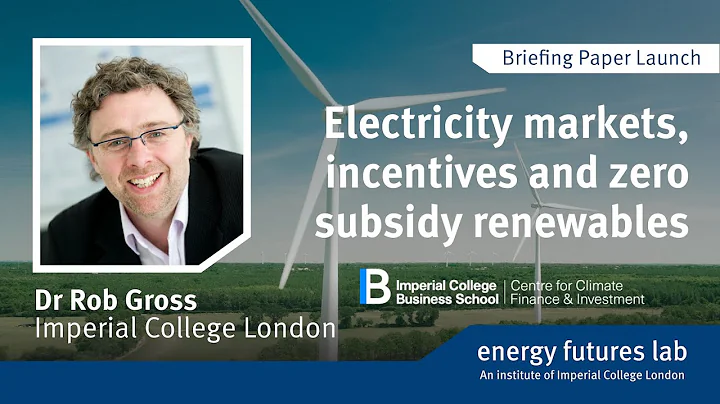After the nationwide "power rationing" incident, it has been a full month since the launch of a new round of market-oriented reform of electricity prices, and various regions have intensively introduced policies to follow up. According to rough statistics from a reporter from Shell Finance, more than 20 provinces have adjusted the market-oriented mechanism of local coal-fired power generation on-grid electricity prices in accordance with the requirements of the "Notice".
However, since electricity price adjustments have just been launched in many places, the impact has generally not yet "reached" the enterprise side. The reporter combed through the feedback results from enterprises in many places and found that the impact of the new round of electricity price reform on ordinary downstream industrial and commercial enterprises remains to be seen. Many business owners in Shenyang, Liaoning, Suzhou, Jiangsu, Huaian, Jiangsu, Dongguan, Guangdong, Yantai, Shandong and other places told reporters that their industrial and commercial electricity prices have not changed significantly. For high-energy-consuming enterprises, a listed electrolytic aluminum company in Shandong also stated that its electricity prices have not changed. It will take some time for the
policy to be implemented. "Zhejiang has tentatively decided to have a one-month transition period in December. After the catalog electricity prices (for industrial and commercial users) are cancelled, the future electricity prices are not fixed and will fluctuate depending on the actual situation." A staff member of the Zhejiang Provincial Electric Power System told reporters that this year Before December 1, users’ electricity consumption will still be based on the original industrial and commercial catalog sales electricity price levels. The owner of an electrolytic aluminum manufacturing company in Zhangjiagang City, Jiangsu Province told reporters that he had received a verbal notice from the staff of the State Grid Corporation of China about the upcoming change (increase) in electricity prices, but there has been no change in electricity prices so far.
Professor Lin Boqiang of Xiamen University said that the implementation of electricity price reform policies varies from place to place. According to his understanding, the transaction price of electricity in many places has been increased by 20% compared with the benchmark price, but there has been no news of an increase in electricity prices directly targeting high-energy-consuming enterprises. Lin Boqiang believes that with the decline in domestic electricity demand in the past two months, the current domestic electricity shortage has been substantially alleviated.
New electricity price reform full moon :
Policies from various places have been intensively introduced, and a detailed directory of high energy-consuming enterprises has been released
On October 12, National Development and Reform Commission issued the "National Development and Reform Commission's Notice on Further Deepening the Market-oriented Reform of On-grid Electricity Prices for Coal-fired Power Generation" 》, clearly and orderly liberalizing the on-grid electricity price for all coal-fired power generation. In principle, all coal-fired power generation will enter the power market, and the trading price range of coal-fired power generation will be expanded to no more than 20% of the benchmark electricity price. High energy consumption The price of electricity traded in the enterprise market is not subject to the 20% increase limit.

After the "Notice" was issued, electricity price adjustment policies were intensively introduced in various places. Up to now, more than 20 provinces have adjusted the local coal-fired power generation on-grid price marketization mechanism in accordance with the requirements of the "Notice", and some regions have organized power transactions after this round of electricity price reform.
Just three days after the launch of the reform, Shandong Province completed the first transaction after the market-oriented reform of the on-grid electricity price of coal-fired power generation on October 15. The electricity volume sold reached 11.07 billion kilowatt hours, and the average transaction price increased by 19.8% compared with the benchmark electricity price.
Jiangsu Province completed its first listing transaction in mid-October on October 15, with 294 transactions completed, with 1.998 billion kilowatt-hours of electricity sold, and an average transaction price of 468.97 yuan/MWh. The benchmark price of coal power in Jiangsu Province was 391 yuan/MWh. , the transaction price increased by 19.94% compared with the benchmark price. Jiangsu's monthly centralized bidding in November totaled 10.869 billion kilowatt-hours, with a transaction price of 0.469 yuan/kWh, an increase of 19.95%; in late October 2021, the Jiangsu electricity market listed and traded 6.611 billion kilowatt-hours of electricity during the month, with a transaction price of 468.7 yuan/MW. Watt hour, up 19.87%.
Not only the two provinces of Shandong and Jiangsu, but also more than 20 provinces such as Guizhou, Hubei, Anhui, Guangxi, Liaoning, and Yunnan, the transaction price of coal power increased by nearly 20%.
As for the policy that the transaction price of electricity for high-energy-consuming enterprises is not subject to a 20% increase, various localities have also introduced and implemented policies.
On October 28, State Grid Liaoning Electric Power Co., Ltd. issued the "Announcement of State Grid Liaoning Electric Power Co., Ltd. on matters related to the launch of agency power purchase services", which showed that it proposed to cancel the sales price of electricity in the provincial industrial and commercial catalog and promote industrial and commercial users to enter the market. For power purchasers who own coal-fired self-contained power plants and high-energy-consuming users, the power purchase price will be 1.5 times that of ordinary power purchasers.

According to statistics, up to now, there have been 12 provinces and cities including Jiangsu Province, Beijing City, Shandong Province, Zhejiang Province, Heilongjiang Province, Shanxi Province, Jiangxi Province, Hubei Province, Liaoning Province, Gansu Province, Anhui Province, and Inner Mongolia Autonomous Region. The power grid company issued a document similar to the agency power purchase in Liaoning Province. The agency power purchase price for high energy-consuming users is 1.5 times that of the agency users.
How to define a certain industry as a high-energy-consuming enterprise? A staff member of a State Grid Corporation of China said that a high-energy-consuming enterprise refers to an enterprise with high energy consumption, and its unit energy consumption and total energy consumption are high. These companies are mainly concentrated in cement, steel, coal, lime, coking and other industries. According to national statistical classification, the six high energy-consuming industries mainly refer to petroleum processing, coking and nuclear fuel processing, chemical fuel and chemical products industry, non-metallic mineral manufacturing, ferrous metal smelting and rolling processing industry, non-ferrous metal smelting And rolling processing industry, electric power and heat production and supply industry.
reporters noticed that on November 16, the official website of the National Development and Reform Commission released the "Energy Efficiency Benchmark Levels and Benchmark Levels in Key Areas of High Energy-Consumption Industries (2021 Edition)", which covers petroleum, coal and other fuel processing industries; chemical raw materials and chemical products manufacturing The latest identification of energy efficiency benchmark levels and benchmark levels in relevant key areas of the five major industries: industry; non-metallic mineral products industry; ferrous metal smelting and rolling processing industry; and non-ferrous metal smelting and rolling processing industry.
Analysts pointed out that the release of the above standards will undoubtedly guide various localities and enterprises to carry out energy-saving and carbon-reduction technological transformation in a scientific and orderly manner, effectively avoid "one-size-fits-all" management and "sports-style" carbon reduction, and effectively curb the blind development of "two high" projects. , it is of great significance to ensure that carbon peaks and carbon neutrality and goals are achieved as scheduled.
Enterprises in seven places such as Suzhou and Shenyang:
have not yet felt the changes in electricity prices. One electrolytic aluminum company said it only received verbal notices of price increases.
Although many places have introduced electricity price adjustment policies, their impact has generally not been transmitted. to downstream enterprises. The reporter recently interviewed companies in Shenyang, Yantai , Suzhou, Dongguan , Guangzhou, Shaoxing , Lianyungang , and the responses they received were that they had not felt the change in electricity prices.
Mr. Jiang, the director of a water pump manufacturing plant in Shenyang, Liaoning, told reporters that after experiencing power cuts in late September, about a week after the National Day, local industrial and commercial power consumption in Shenyang has basically returned to normal, and power cuts rarely occur. Mr. Jiang said that his electricity bill in October was about 40,000 yuan, which was basically the same as before. "If the price increases, the power grid will notify you in advance, but I haven't heard of it yet." Mr. Jiang said.
Mr. Zou, a business owner in Suzhou, Jiangsu, also said that the price of electricity for his business has not been significantly increased. "I heard that high-energy-consuming enterprises will raise electricity bills. We are not a high-energy-consuming enterprise and have never heard of price increases."
On November 17, A textile factory and a small printing factory in Shaoxing, Zhejiang also said that they have not yet received any notification. Notice of electricity price adjustment.
A salesperson from a mold factory in Houjie Town, Dongguan, Guangdong said that there has been no change in factory electricity prices recently. "The peak value is 1.328 (yuan), the flat period is 0.86 (yuan), and the low point is 0.58 (yuan). There is no change." A shoe factory owner in the town told reporters.
The above-mentioned enterprises are all ordinary enterprises, but for enterprises with high energy consumption, the reporter concluded from interviews that their electricity prices have not been affected yet.
Mr. Zhang (pseudonym), an electrolytic aluminum products manufacturer named Jiangheying Metal Products Co., Ltd. in Zhangjiagang City, Jiangsu Province, said that he recently received a verbal notice from the power supply bureau personnel, saying that electricity prices may rise in the near future, but currently they remain at the current level. price.
On November 19, a well-known leading electrolytic aluminum company in Yantai, Shandong Province also told reporters that the price of electricity has not changed. But it also said that its electricity consumption mainly comes from the company's own power generation, so any increase in external electricity prices will not have much impact on the company.
Zhejiang Province 12html will start floating electricity sales in April
Experts: The domestic electricity shortage has been substantially alleviated
20 More than 10 provinces have successively introduced policies to increase the price of coal-fired electricity on-grid transactions. Why do companies still not feel the power according to feedback? Sales price changes?
In response, State Grid customer service staff said that in accordance with the relevant requirements of the National Development and Reform Commission, the floating range of market transaction electricity prices will be expanded after the reform. The trading price range of coal-fired power generation market will be expanded from the current floating range of no more than 10% and no more than 15% in principle to no more than 20% in principle. The market trading price of high-energy-consuming enterprises is not subject to the 20% limit. . However, the industrial and commercial terminal electricity prices in various places must be determined by their own circumstances, and the specific implementation conditions are also different.
Some provinces have also set up a transition period. A staff member of the Zhejiang Provincial Electric Power System told reporters that before December 1 this year, users in the province were still selling electricity at the same price level as in the original industrial and commercial catalog. "Zhejiang has tentatively decided to have a one-month transition period in December. After the catalog electricity price (for industrial and commercial users) is cancelled, the future electricity price is not fixed and will fluctuate according to the actual situation."
The staff member said that during the transition period, industrial and commercial users will be provided by the state. State Grid Zhejiang Electric Power purchases electricity as an agent. After the transition period, those who are temporarily unable to directly participate in market transactions can purchase electricity through State Grid Zhejiang Electric Power as an agent.
What does "directly participate in market transactions" mean? The staff member explained that industrial and commercial users purchase electricity directly from power generation companies, not necessarily through the State Grid. "This is how large industrial enterprises with high-voltage electricity consumption of 315 kVA and above used to operate. Now we are promoting the entry of industrial and commercial users."
In fact, electricity price differentiation already existed before this electricity price reform. For example, in mid-September, Zhejiang Provincial Development and Reform Commission issued the "Notice on Matters Concerning Further Improving the Time-of-use Electricity Pricing Policy in Our Province", with the adjustment scope covering large industrial electricity price users (excluding electrified railway traction electricity that has been specially stipulated by the state, etc. ); the time-of-use electricity price policy for general industrial and commercial, residential, agricultural production and other electricity price users has not been adjusted this time; general industrial and commercial electricity price users will all implement time-of-use electricity prices from 2024, and the specific prices and peak and valley periods will be formulated separately.
Lin Boqiang told reporters from Shell Finance that the implementation of electricity price reform policies varies from place to place. According to his understanding, the transaction price of electricity in many places has been increased by 20% compared with the benchmark price, but there has been no news of an increase in electricity prices directly targeting high-energy-consuming enterprises. Lin Boqiang believes that with the decline in domestic electricity demand in the past two months, the current domestic electricity shortage has been substantially alleviated.
Beijing News Shell Finance Reporter Peng Shuo Cheng Weimiao Xi Lili Zhu Yueyi Editor Chen Li Proofreading Lu Qian





















